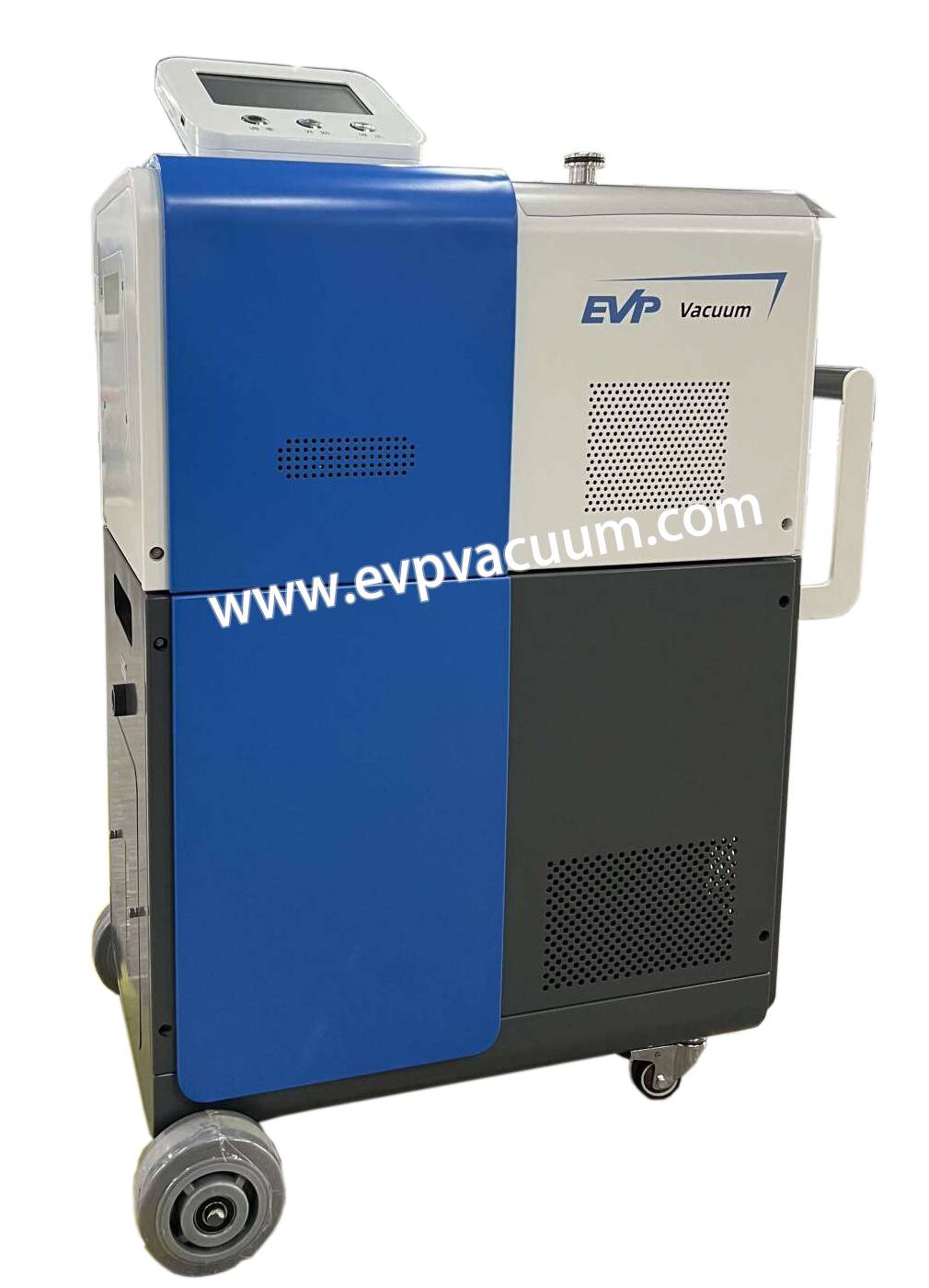price helium mass spectrometer leak detector
helium mass spectrometer leak detector for leak detection gas of requirements and selection
The requirements and selection of leak gases for helium mass spectrometer leak detectors from manufacturers should generally be considered from the following aspects:
(1) Harmless and cannot cause harm to the human body or the environment;
(2) Lightweight, inert gas, strong penetration ability, able to penetrate tiny crevices;
(3) Stable chemical properties, will not cause chemical reactions and is easy to ignite or explode;
(4) A gas with minimal concentration and relatively constant composition in the air environment, meeting the requirements for leak detection sensitivity and reducing background interference on the accuracy of detection.
Hydrogen and helium are both ideal tracer gases, with low content in air, light weight, fast movement speed, small molecular diameter, and long linear motion distance under the same conditions. This is mainly reflected in the following aspects: (1) Portable: Small portable leak detectors launched by various countries not only have high sensitivity, but also are easy to carry, providing great convenience for field and high-altitude operations. In practical use, it is relatively easy to obtain and can be used in large quantities. Due to its colorless, odorless, inactive, and non flammable properties, helium (He) is generally used as the leak detection gas for leak detection. However, hydrogen (H) is also used as the leak detection gas. Considering its chemical properties and hazards, it is rarely used in applications, so in reality, most leak detection uses helium.price helium mass spectrometer leak detector
Advantages of leak detector
1. Multiple languages and measurement units to choose from, with a Chinese interface available.
2. A new mass spectrometry technique with 135o ionization deflection (natural focus) and a metal sealed structure.
3. New electronic circuit and signal processing design.
4. The small leak detection rate is high, and the sensitivity coverage range can reach 12 measurement ranges.
5. Quickly clear helium and respond quickly.
6. The test port has high pressure resistance and can achieve large leakage detection.
Basic functions of helium leak detection (some functions are optional)
1. Fill the inspected workpiece with high-pressure nitrogen or compressed air for pressure resistance strength and leak tightness testing;
2. Vacuum the inspected workpiece;
3. Fill the inspected workpiece with helium gas;
4. Vacuum box helium mass spectrometry detection, automatically determining whether the workpiece leakage rate is qualified or unqualified;
5. Recycling and reusing helium gas;
6. If helium gas is severely wasted, it can be purified if the concentration of helium gas is not up to standard during use
7. PLC control, touch screen operation, automatic detection.
(The article comes from the Internet. If reprinting is not allowed, please contact our company to delete it.)

